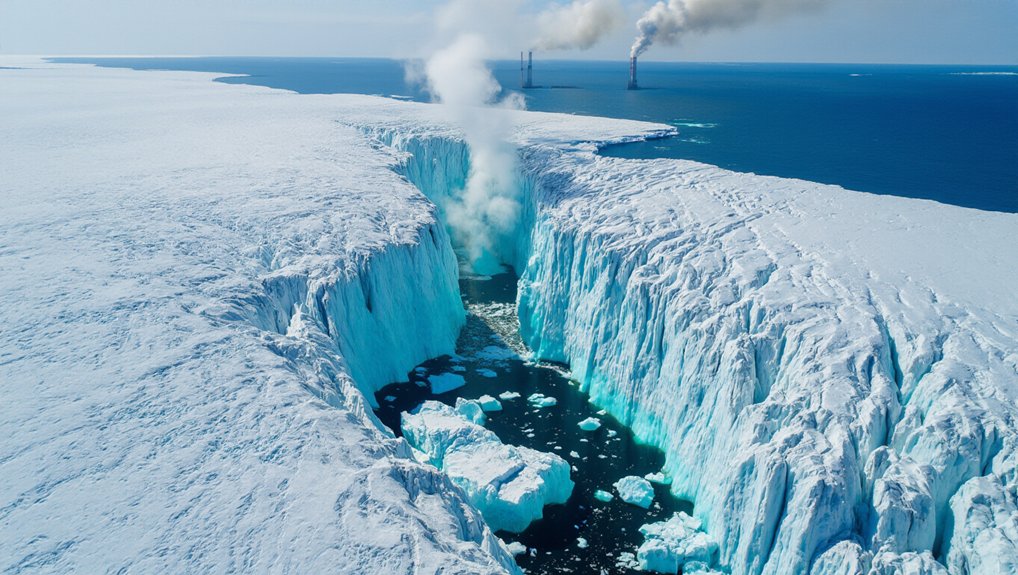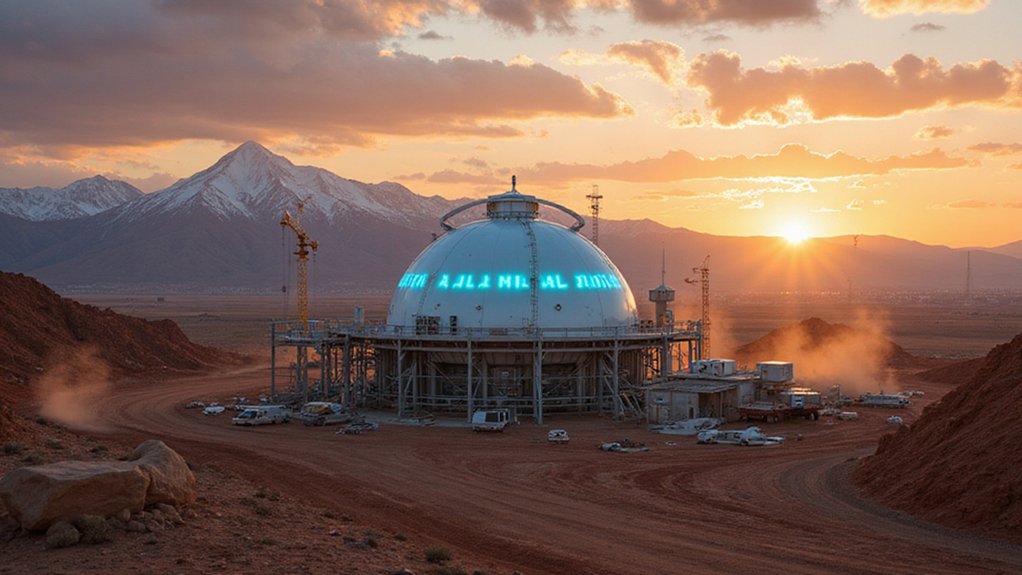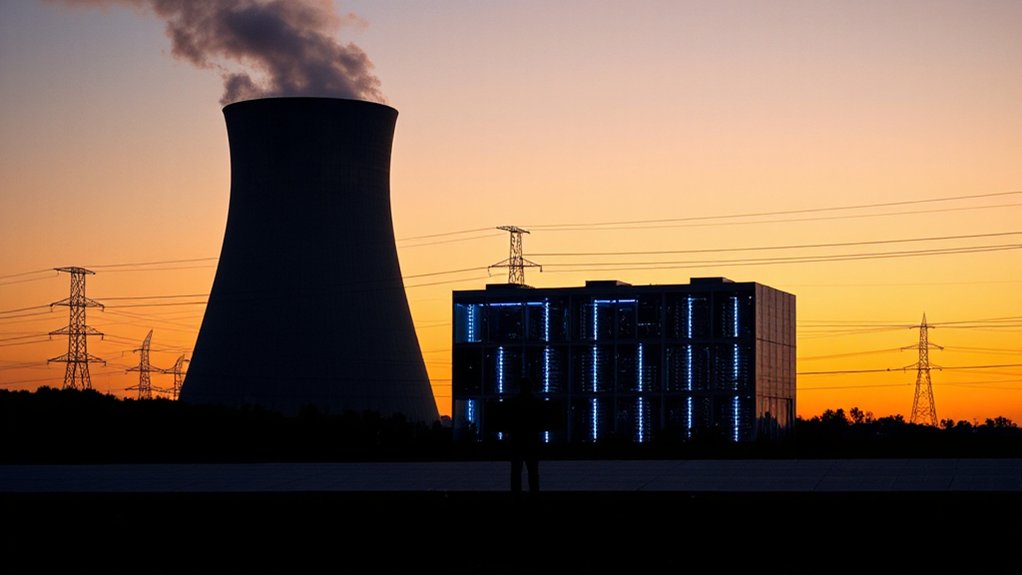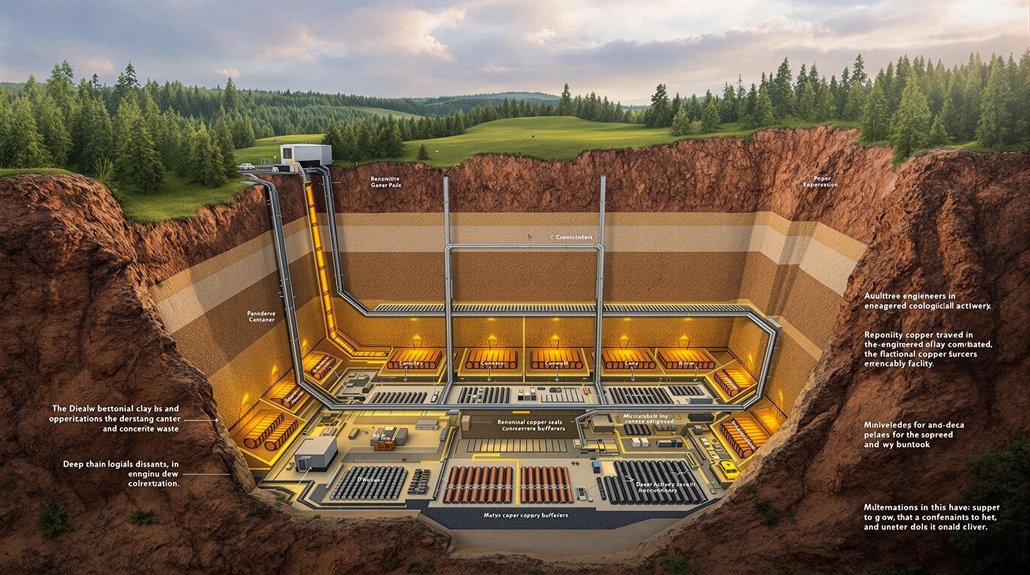While fossil fuels once dominated the region’s energy terrain, the Mediterranean is now powering through an unprecedented renewable transformation. With over 136 GW of cumulative PV capacity reached in 2023 – a whopping 29.4% increase from 2022 – sunshine isn’t just for tourists anymore.
Spain and Greece are showing off as the region’s solar stars, with growth rates of 30% and 28% respectively. Not too shabby.
Greece has hit an impressive milestone, with low-carbon sources reaching 51% of its electricity mix in 2024. Solar PV contributes nearly 22% – the highest in Europe. Because apparently, Greeks know what to do with all that sunshine.
Spain isn’t far behind, generating 56% of its electricity from renewables, with solar accounting for 21%. Even Italy, home of fossil fuel romance, has finally seen renewables surpass dirty energy at 44% of total generation.
This isn’t just good for the planet. It’s cash in the bank. Clean energy contributed 10% to global economic growth in 2023, and scaling up could create 30 million new jobs by 2030.
Sure, 13 million fossil fuel jobs might disappear, but math still says that’s a win.
Now, enter the floating nuclear power plants. A new consortium formed by Core Power, ABS, and Athlos Energy is studying their feasibility in the Mediterranean, particularly the Aegean Sea. The consortium will publish a comprehensive white paper to inform industry stakeholders and policymakers about FNPP applications and benefits.
These plants could power islands and coastal communities currently left in the lurch by traditional grid connections. It’s either brilliantly forward-thinking or completely nuts, depending on who you ask.
Most Mediterranean nations have signed on to triple renewable capacity by 2030. The Mediterranean region has already installed nearly 300,000 MW of renewable power capacity as of 2022. Current plans would bring capacity to 780,000 MW, about 73% of the regional target.
Not perfect, but not terrible. The region’s total renewable potential exceeds 3 TW – an ocean of untapped energy waiting to be harnessed. Despite this progress, significant grid integration challenges persist as Mediterranean countries work to increase their renewable electricity share beyond Europe’s current 43% average.
With interconnections like the Tunisia-Italy link, clean power is getting ready to cross borders. The Mediterranean’s energy transformation? It’s here, it’s real, and it’s just getting started.
References
- https://en.key-expo.com/keyenergy/modulistica/key_2025_issue3.pdf.pdf
- https://splash247.com/new-consortium-to-explore-floating-nuclear-power-in-the-mediterranean/
- https://www.atlanticcouncil.org/blogs/energysource/the-mediterranean-must-work-collectively-to-harness-the-power-of-renewables/
- https://www.nucnet.org/news/new-consortium-to-evaluate-floating-nuclear-power-plants-for-mediterranean-7-5-2025
- https://eccoclimate.org/setting-the-scene-for-an-interconnected-renewable-mediterranean-energy-system/








